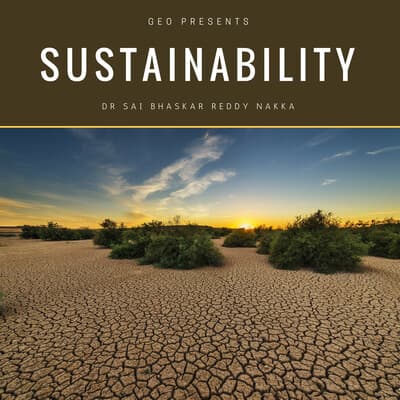Science
Context Analysis of achieving Environmental Sustainability through development projects: Context analysis is a method to analyze the environment or situation or conditions in which an entity operates. An entity could be an organization or an institute or an agency. In the context analysis the internal and external environments of an entity are considered. And the strategies adopted by the entity to bring environmental sustainability through development projects or programs. Every organization will do planning before implementation of activities. Planning is an important aspect of strategic planning in a geographic area of operation. The activities implemented should be appropriate considering the present and future needs. The activities implemented should also be sustainable. In any context analysis the external environmental factors to be considered are: political, social, economic, technological, natural, physical, historical, cultural and human aspects. Some of the cross cutting aspects should also be considered such as Gender, Human Rights, Environment, Climate Change and Disaster Risks. The internal environment consists of the entities, vision, mission, ongoing projects, Human Resources, partners, stakeholders, processes, networking, communications, technology, reporting structures and deadlines. Here I am sharing broadly the context analysis of achieving environmental sustainability through developmental projects especially in the context of Afghanistan.

